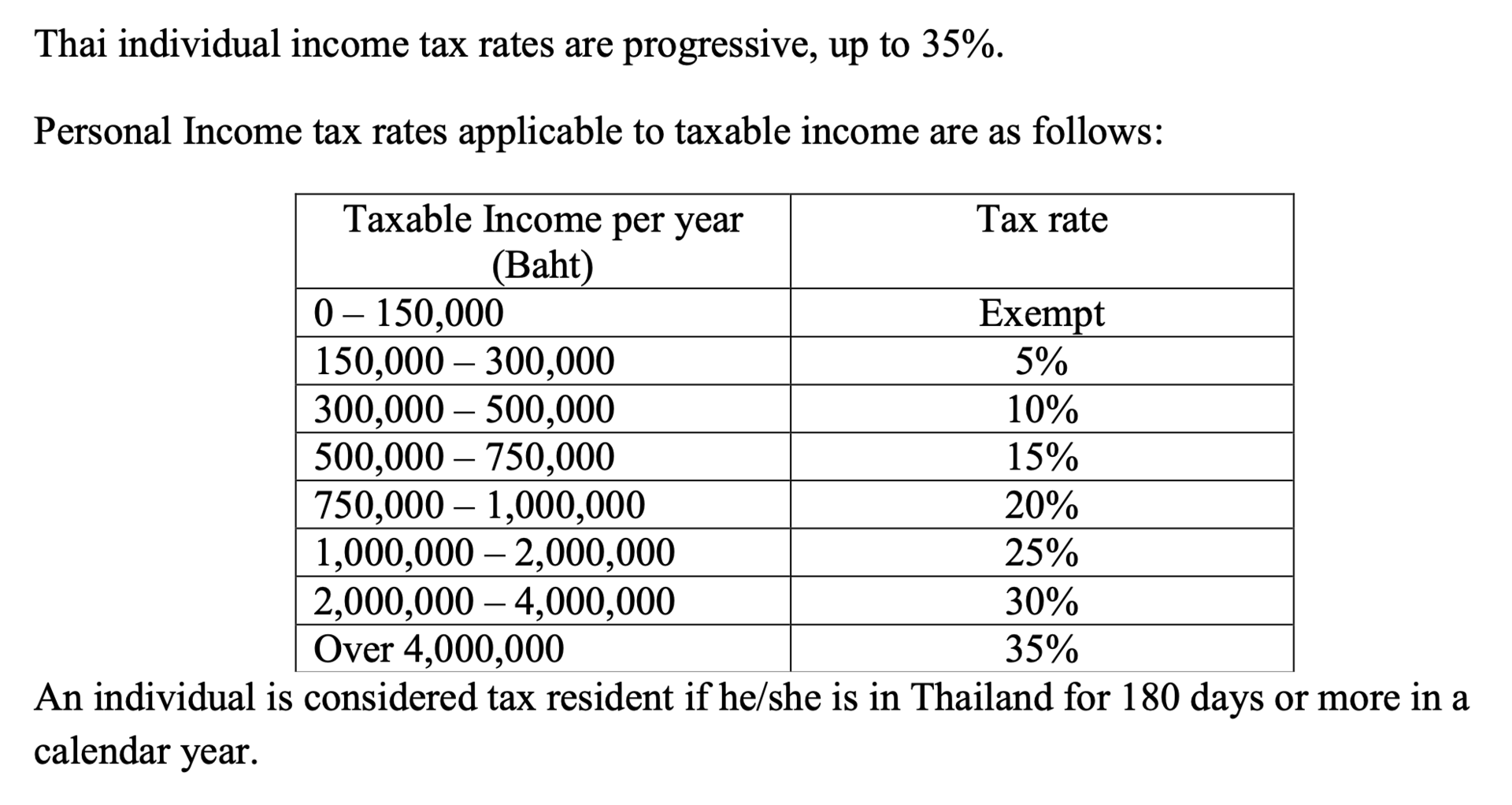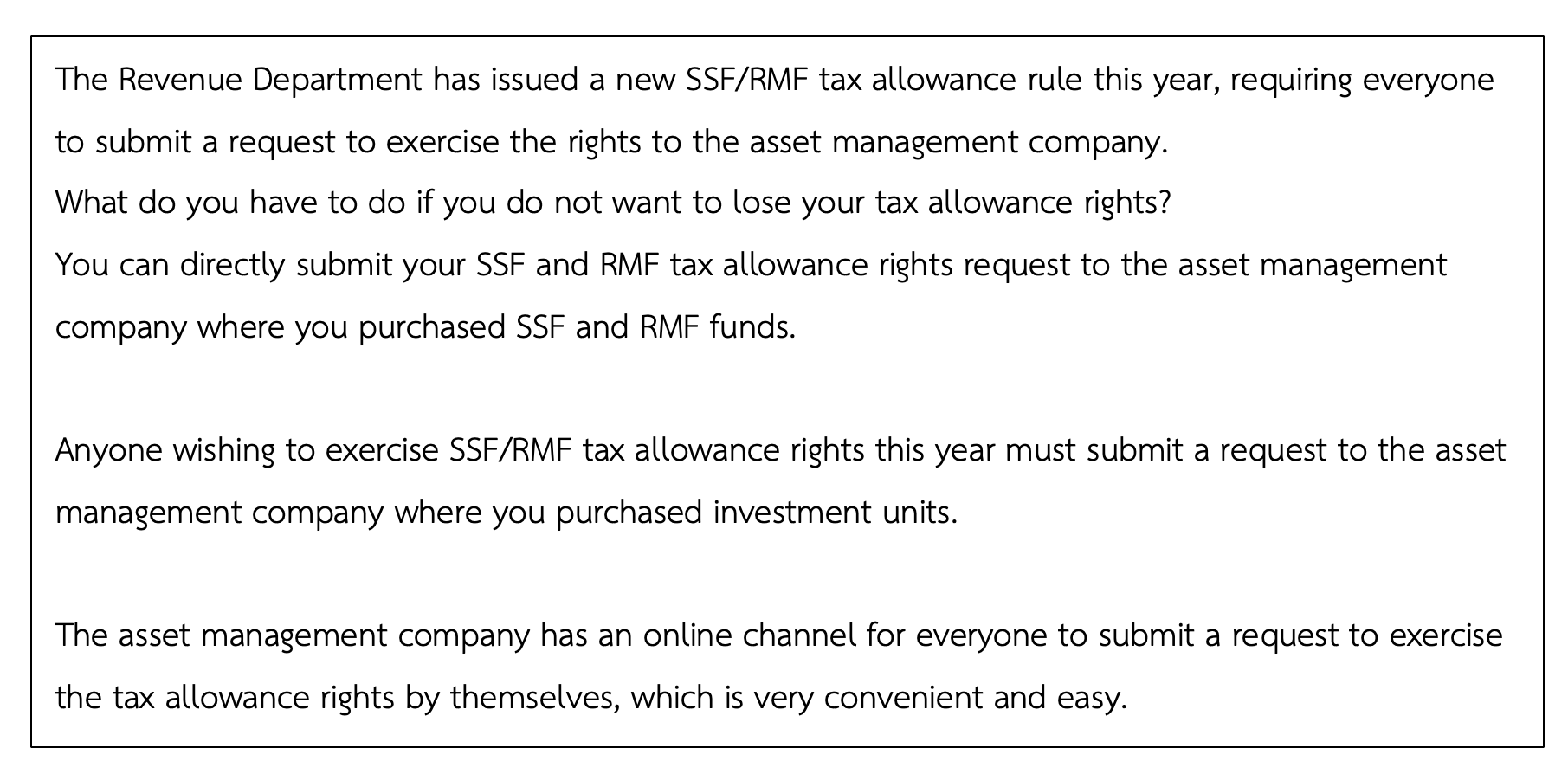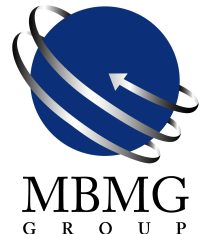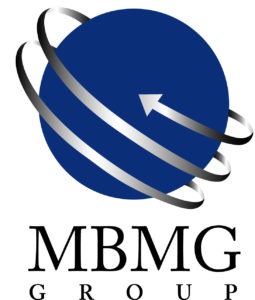
“Tax Planning” may be something that many people see as a difficult matter. However, tax planning is another important matter that we should all pay attention to because it will help us benefit as follows.
o File taxes correctly and take full advantage of tax allowance rights.
o Reduce the tax burden paid in the year.
o Have more savings.
In the last three months of this year, one thing that should not be forgotten is tax planning. Therefore, MBMG would like to invite everyone to plan your personal income tax with the following 5 easy steps.
Step 1: Try to make a rough estimate of your income and tax
The first thing you need to do is make a rough estimate to see how much and what type of income you are earning this year, also known as “Assessable Income”, such as salary, commission, meeting allowance, interest, dividend, etc. because each type of income can be used to deduct expenses differently.
For the general salaryman, most of the income is type 1 which is salary, allowance, bonus, and type 2 such as commission and meeting allowance. When all income is added together with deductions for expenses and personal allowances, it becomes “Net Income”. If there are no other tax allowances, personal income tax will be paid at the progressive rate as follows:


Step 2: Increase the amount of tax allowances
Increasing the amount of tax allowances is the most common method that most people use, whether it is buying investment assets such as Retirement Mutual Fund (RMF), Super Savings Fund (SSF), Provident Fund (PVD), life insurance and annuity pension plan as well as shopping, holiday travel, donation, etc.

We can reduce the tax burden by exercising your tax allowance rights in addition to the personal tax allowance of 60,000 baht,
which are available in many forms as follows:
• For spouses who do not have income or have income but choose to calculate their taxes at the same time: 60,000 baht.
• For care of children: 30,000 baht per child. There is no limit on the number of children that can be claimed (according to the conditions of the Revenue Department).
• For care of parents or spouse’s parents: 30,000 baht per person, up to 4 persons, total 120,000 baht (according to the conditions of the Revenue Department).
• For the contributions of the taxpayer to the Social Security Fund in Thailand: Amount actually contributed.
• For life insurance premiums of taxpayer paid to a Thailand insurance company: Amount actually paid but not more than 100,000 baht.
• For health insurance premiums of taxpayer paid to a Thailand insurance company: Amount actually paid but not more than 25,000 baht.
• For the investments of the taxpayer in a Thailand Super Savings Fund (SSF): Amount invested but not more than 30% of assessable income, and not more than 200,000 baht. When combined with other retirement funds, it must not exceed 500,000 baht.
• For the investments of the taxpayer in a Thailand Retirement Mutual Fund (RMF): Amount invested but not more than 30% of assessable income, and not more than 500,000 baht. When combined with other retirement funds, it must not exceed 500,000 baht.
• For the home loan interest costs of the taxpayer paid on a home mortgage: Amount actually paid but not more than 100,000 baht.
• Donations to support education, public health care facilities, sports: 2 times of amount actually paid.
• Other charitable donations: Amount actually donated.
Please make sure to look at the minimum and maximum purchase amount for each tax-deductible asset.
Step 3: Manage foreign-sourced income
Foreign sourced-income such as wage, rent, dividend and interest on foreign investment is taxable only when the individual brings it into Thailand. The way to deal with this is that if you are planning to stay in Thailand for less than 180 days, you can bring your income into Thailand without being taxed. On the other hand, if you are planning to stay in Thailand for more than 180 days, you might consider bringing your income into the year where the income base is not relatively high in order to pay less tax.
Step 4: Choose to include or exclude income in the year-end tax
At present, there are certain types of income for which the withholding tax has already been deducted. The taxpayer can choose to include or exclude such income in the year-end tax calculation such as dividend, bond interest, fixed deposit interest, etc. In order to choose whether to include income or not, you must look at the amount of withholding tax and the amount of tax payable when calculating the year-end tax. Whichever method is more tax-saving, you should choose that method for managing your taxes.
Step 5: Choose an easy and convenient way to file your taxes
You can now file your taxes online and claim your tax refund via PromptPay, saving you time and getting your tax refund faster. For those who have to pay additional taxes of 3,000 baht or more, the Revenue Department allows them to pay in 3 installments without interest. However, it is important to be aware that your taxes should be paid within the deadline because if you pay late or forget to pay any installments, you will be subject to a surcharge at the rate of 1.5% per month.
If you would like to start planning your finances and tax allowances with a professional, you can consult and get advice from us at



